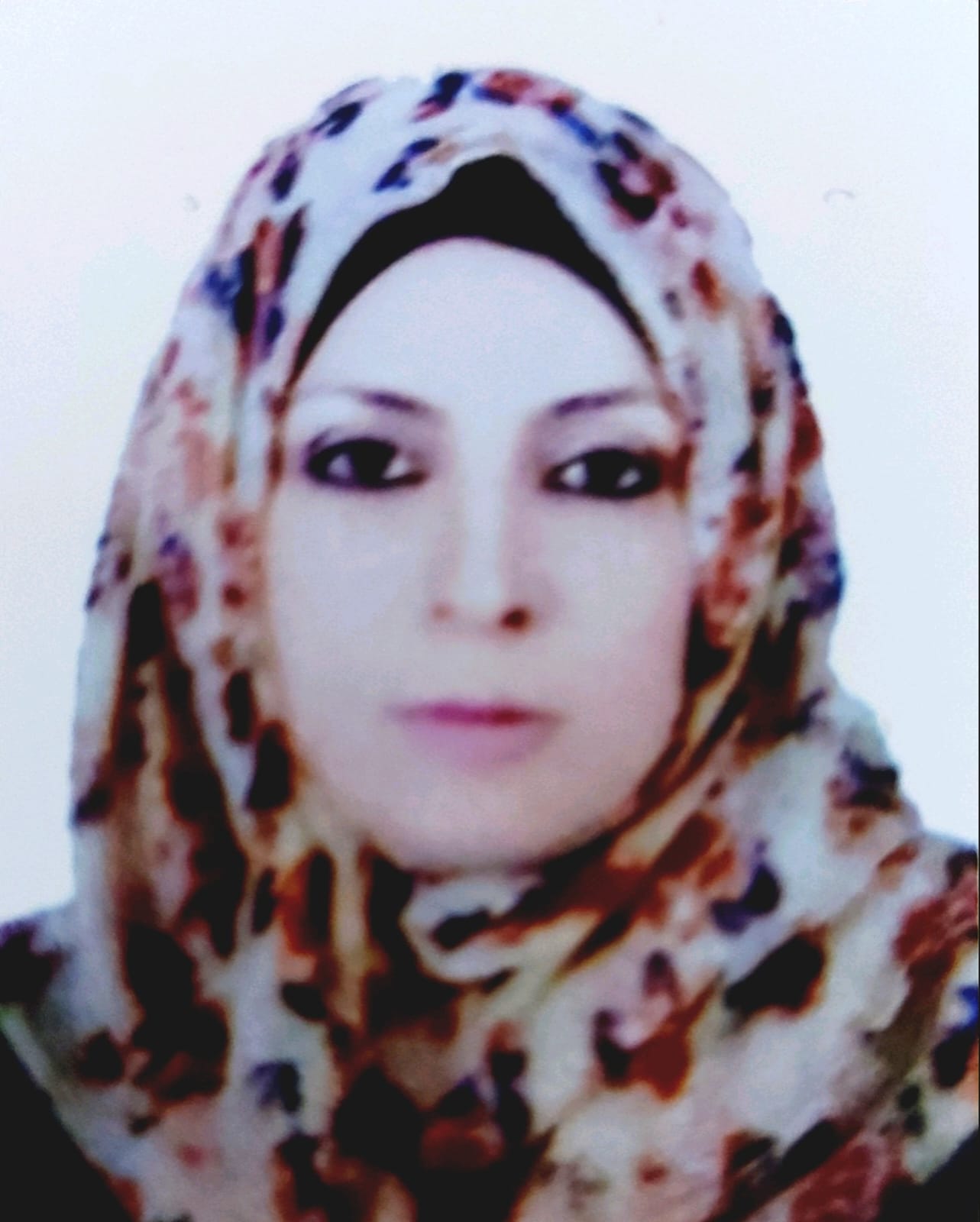Chronopharmacology: therapeutic implications and emerging insights
Abstract
Chronopharmacology, explores how drug effects align with the body's natural rhythms. This field recognizes that factors like a drug's absorption, distribution, metabolism, and excretion (pharmacokinetics), as well as its overall effectiveness and potential toxicity, vary significantly based on administration time. The body's internal circadian clock, located in the suprachiasmatic nucleus (SCN) and influencing widespread physiological processes, plays a crucial role in these temporal variations. Understanding these rhythms is key to optimizing drug therapy for various conditions, including asthma, hypertension , and cancer, where chronotherapy can improve efficacy and reduce side effects by considering circadian-controlled drug metabolism and cellular processes. Despite growing awareness, translating this knowledge into widespread clinical practice and drug development remains a challenge, highlighting the need for more human-specific data and further research into the circadian clock as a therapeutic target .
Keywords:
Circadian Rhythms, Chronopharmacology, Suprachiasmatic , Nucleus (SCN), Pharmacokinetics, Drug MetabolismDOI
https://doi.org/10.70604/jmtbas.v2i2.59References
1. Reinberg, A., 1979. Chronopharmacology.
2. Reinberg, A.E., 1992. Concepts in chronopharmacology. Annual review of pharmacology and toxicology, 32(1), pp.51-66.
3. Bruguerolle, B., 1992. Chronopharmacology. Biologic rhythms in clinical and laboratory medicine, pp.114-137.
4. Reinberg, A., 1976. Advances in human chronopharmacology. Chronobiologia, 3(2), pp.151-166.
5. Lemmer, B. and Labrecque, G., 1987. Chronopharmacology and chronotherapeutics: definitions and concepts. Chronobiology international, 4(3), pp.319-329.
6. Lemmer, B., 2005. Chronopharmacology and controlled drug release. Expert opinion on drug delivery, 2(4), pp.667-681.
7. Reinberg, A., 1973. Chronopharmacology. In Biological aspects of circadian rhythms (pp. 121-152). Springer, Boston, MA.
8. Tahara, Y. and Shibata, S., 2014. Chrono-biology, chrono-pharmacology, and chrono-nutrition. Journal of pharmacological sciences, 124(3), pp.320-335.
9. Ohdo, S., 2007. Chronopharmacology focused on biological clock. Drug metabolism and pharmacokinetics, 22(1), pp.3-14.
10. Biological rhythm. (2015, May 14)britannica.com/science/biological-rhythm
11. https://www.healthline.com/health/biological-rhythms#diagnosis
12. Weir RE. Jet lag and shift work. Sleep Medicine Clinic. 2014;9:561.
13. Shift work sleep disorder. (2013, October 23) my.clevelandclinic.org/services/neurological_institute/sleep-disorders-center/disorders-conditions/hic-shift-work-sleep-disorder
14. Ballesta A, Innominato PF, Dallmann R, Rand DA, Lévi FA (2017) Systems chronotherapeutics. Pharmacol Rev 69:161–199
15. Ingelsson, E., Björklund-Bodegård, K., Lind, L., Ärnlöv, J. and Sundström, J., 2006. Diurnal blood pressure pattern and risk of congestive heart failure. Jama, 295(24), pp.2859-2866.
16. Henderson, C.J., Pass, G.J. and Wolf, C.R., 2006. The hepatic cytochrome P450 reductase null mouse as a tool to identify a successful candidate entity. Toxicology letters, 162(1), pp.111-117.
17. Hughes, M.E., DiTacchio, L., Hayes, K.R., Vollmers, C., Pulivarthy, S., Baggs, J.E., Panda, S. and Hogenesch, J.B., 2009. Harmonics of circadian gene transcription in mammals. PLoS Genet, 5(4), p.e1000442.
18. Guichard, S., Hennebelle, I., Bugat, R. and Canal, P., 1998. Cellular interactions of 5-fluorouracil and the camptothecin analogue CPT-11 (irinotecan) in a human colorectal carcinoma cell line. Biochemical pharmacology, 55(5), pp.667-676.
19. Iurisci, I., Filipski, E., Sallam, H., Harper, F., Guettier, C., Maire, I., Hassan, M., Iacobelli, S. and Levi, F., 2009. Liver circadian clock, a pharmacologic target of cyclin-dependent kinase inhibitor seliciclib. Chronobiology international, 26(6), pp.1169-1188.
20. Zhang, X. and Diasio, R.B., 2007. Regulation of human dihydropyrimidine dehydrogenase: implications in the pharmacogenetics of 5-FU-based chemotherapy.
21. Pizarro, A., Hayer, K., Lahens, N.F. and Hogenesch, J.B., 2012. CircaDB: a database of mammalian circadian gene expression profiles. Nucleic acids research, 41(D1), pp.D1009-D1013.
22. Shah, P., Jogani, V., Bagchi, T. and Misra, A., 2006. Role of Caco‐2 cell monolayers in prediction of intestinal drug absorption. Biotechnology progress, 22(1), pp.186-198.
23. Chang, A.M., Scheer, F.A. and Czeisler, C.A., 2011. The human circadian system adapts to prior photic history. The Journal of physiology, 589(5), pp.1095-1102.
24. Kasukawa, T., Sugimoto, M., Hida, A., Minami, Y., Mori, M., Honma, S., Honma, K.I., Mishima, K., Soga, T. and Ueda, H.R., 2012. Human blood metabolite timetable indicates internal body time. Proceedings of the National Academy of Sciences, 109(37), pp.15036-15041.
25. Meng, Q.J., Maywood, E.S., Bechtold, D.A., Lu, W.Q., Li, J., Gibbs, J.E., Dupré, S.M., Chesham, J.E., Rajamohan, F., Knafels, J. and Sneed, B., 2010. Entrainment of disrupted circadian behavior through inhibition of casein kinase 1 (CK1) enzymes. Proceedings of the National Academy of Sciences, 107(34), pp.15240-15245.
26. Solt, L.A., Wang, Y., Banerjee, S., Hughes, T., Kojetin, D.J., Lundasen, T., Shin, Y., Liu, J., Cameron, M.D., Noel, R. and Yoo, S.H., 2012. Regulation of circadian behaviour and metabolism by synthetic REV-ERB agonists. Nature, 485(7396), pp.62-68.
27. Griffett, K. and Burris, T.P., 2013. The mammalian clock and chronopharmacology. Bioorganic & medicinal chemistry letters, 23(7), pp.1929-1934.
28. Dowling, G.A., Burr, R.L., Van Someren, E.J., Hubbard, E.M., Luxenberg, J.S., Mastick, J. and Cooper, B.A., 2008. Melatonin and bright‐light treatment for rest–activity disruption in institutionalized patients with Alzheimer's Disease. Journal of the American Geriatrics Society, 56(2), pp.239-246.

Published
 Abstract Display: 50
Abstract Display: 50  PDF Downloads: 29
PDF Downloads: 29 How to Cite
Issue
Section
Copyright (c) 2025 Zainab AH Alebady, Jinan Abdul-Amir Sabeeh Al-Hussaini, Ban Adnan Hatem (Author)

This work is licensed under a Creative Commons Attribution-NonCommercial 4.0 International License.





 .
.